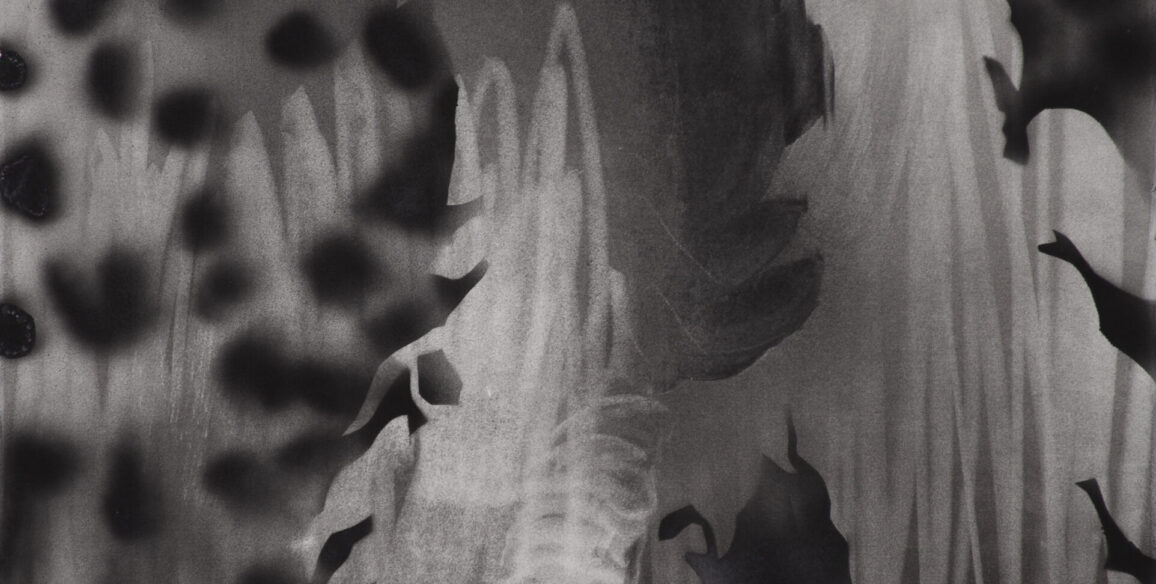Stephen Talasnik
(Born 1954 Philadelphia, PA;Lives and works in New York City)
As someone who initially came out of a drawing aesthetic, I was used to the whole notion of intimacy and directness and confession, the feel of the paper and the feel of the tool on the paper. All of these values had to be translated for me, somehow, into a three dimensional experience manifested through a passion for hand building. What I try to do is build everything through intuition and that intuition is something that was honed really by drawing and more specifically early drawing of the figure. I learned a lot about drawing by drawing architecture and drawing the human form. So how do we take that experience and turn it into 3 dimensional habitats without it looking like an imitation. The way I went about, over a 20 year process of “how do I get there”, was to build the way I did as a child using instinct, trial and error. Anything that I built had to be rooted in drawing, meaning linear or it had to be skeletal and address that of a fictional engineering because I’m not working with any formal mathematics or digital processes. I want to be able to control every aspect of every piece and I want my hands to do it.
I’ve been challenging myself by working with a lot of materials I had gotten interested in from my travel to the Far East. I commuted there for about 15 to 20 years. There I had the opportunity to spend time with people who were building things that were functional out of necessity as opposed to making sculpture. Out of necessity they were building bridges or houses, power or water systems or boats. My understanding of sculpture really comes out of an understanding of design and function. The Far East was really the influence on material selection because I wanted materials to be natural. I wanted them to be pliable and I wanted them to be able to survive any kind of climate. The primary material that I use are forms of grass and reed which could be as dense as bamboo or reeds harvested from various areas sliced down by a knife and converting them into a more pliable matter that appear as ribbons.
I don’t use color other than what is the color of the growing material. I want there to be a sense of life in the work.
I’m looking for the seamless relationship between my drawings and sculpture. This is as basic a response as I can give anyone which is completely heartfelt and that is my love will always be drawing and anything that I’ve done has come out of that love. I’m fortunate because drawing was the first child impulse when it came to being creative and I learned so much about drawing by just doing it.
I always use this Chinese Fable in talking to graduate students about how we should proceed in our careers and life. This young boy comes back from war, from fighting in battles for 15 years and he sees his father for the first time and he is a man in his early thirties. His father says to him “ my son, essentially now that you don’t have to go back to battle, what is your plan”? The son replies that he’d had plenty of time to think about all the things he wanted to do with a very fixed timeline for accomplishing them. He had his entire life planned out. The father, probably in his 70’s, said to his son, “ I essentially have one recommendation for you. Don’t over plan things. I want you to live your life more like a cork removed from a bottle that has been thrown into a stream. I want you to allow yourself the opportunity to go with the current and see where it takes you and not to control it.
–Conversation on March 29, 2021
Listen to our conversation here:
Selected Image from the Collection:





